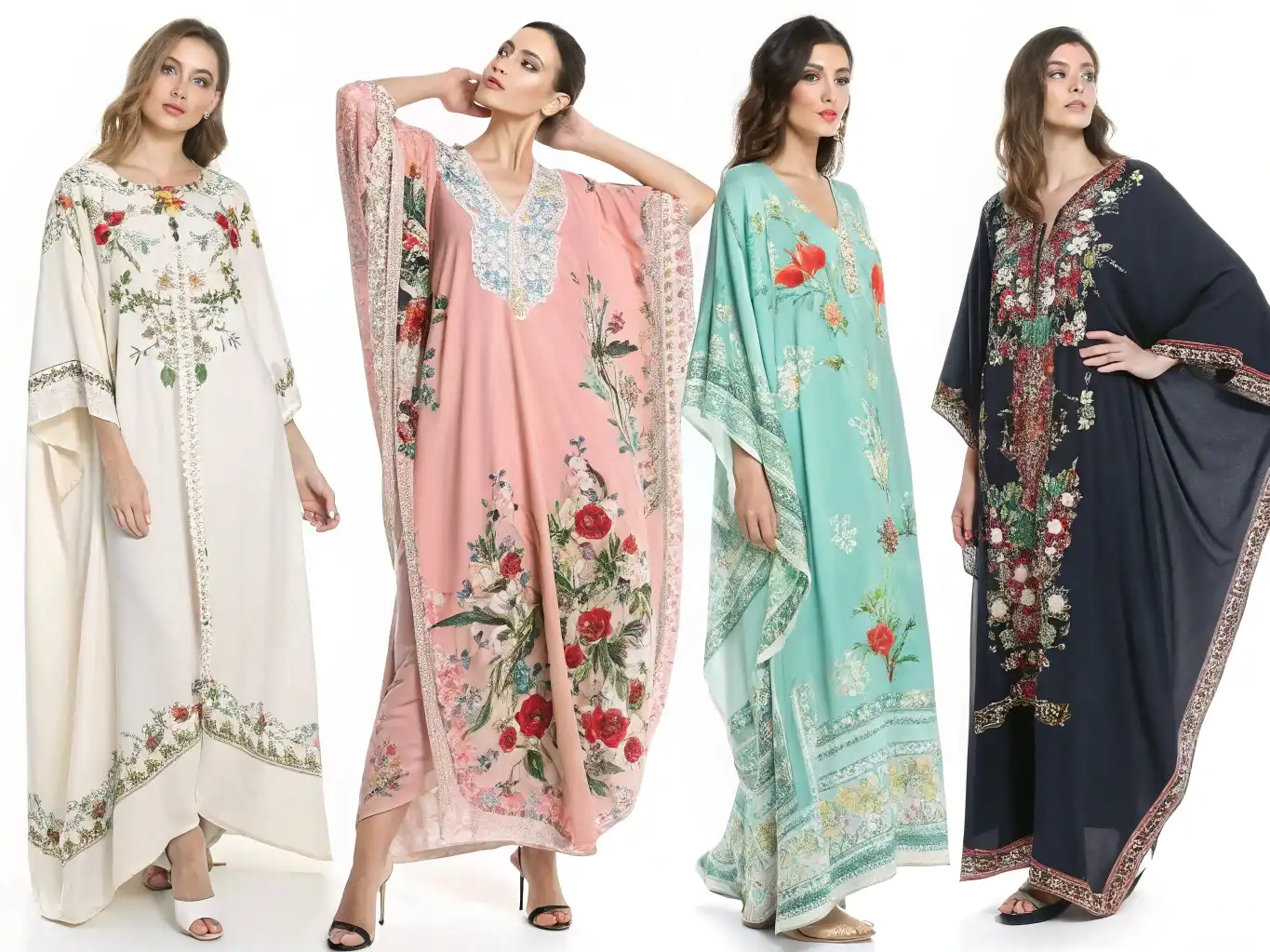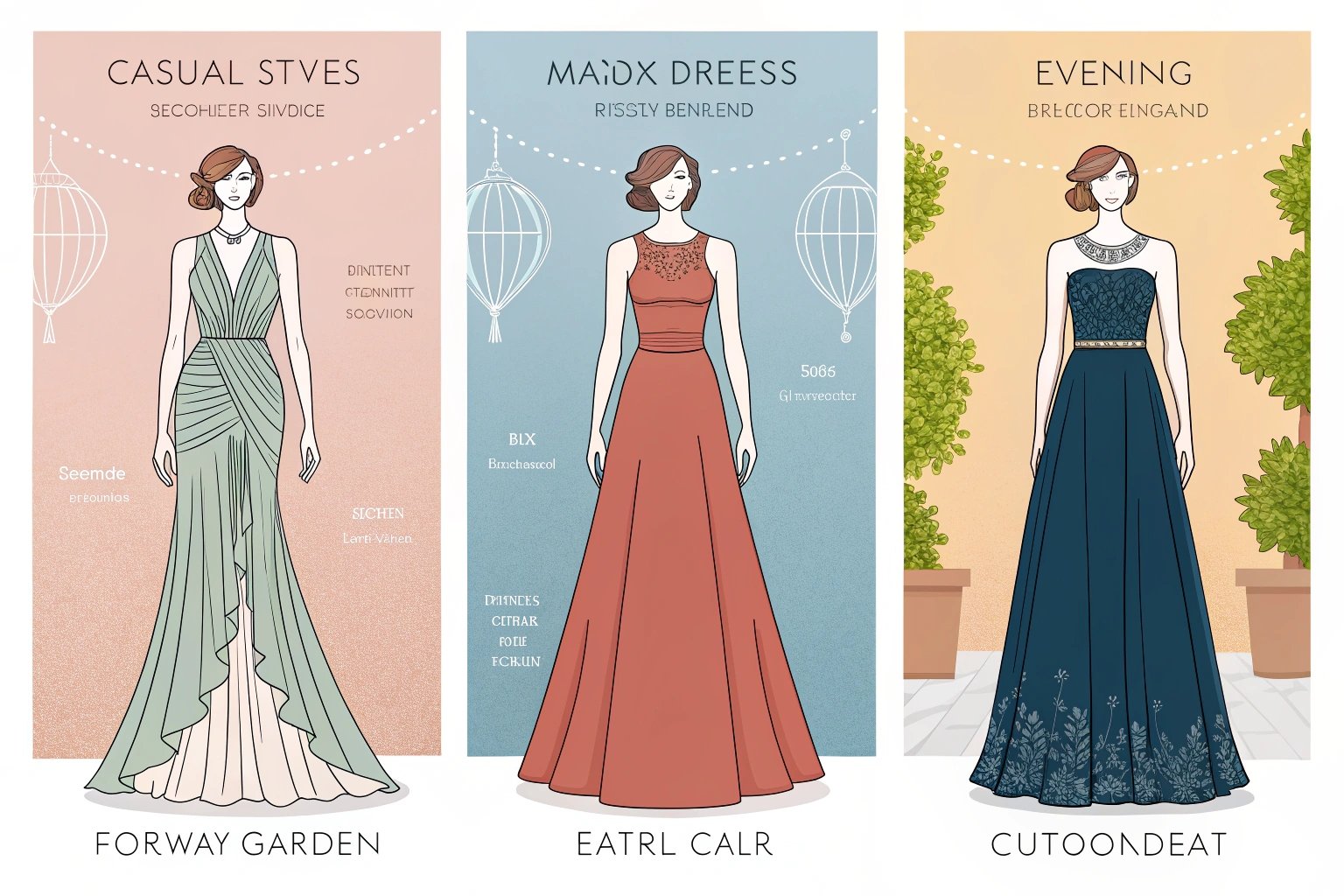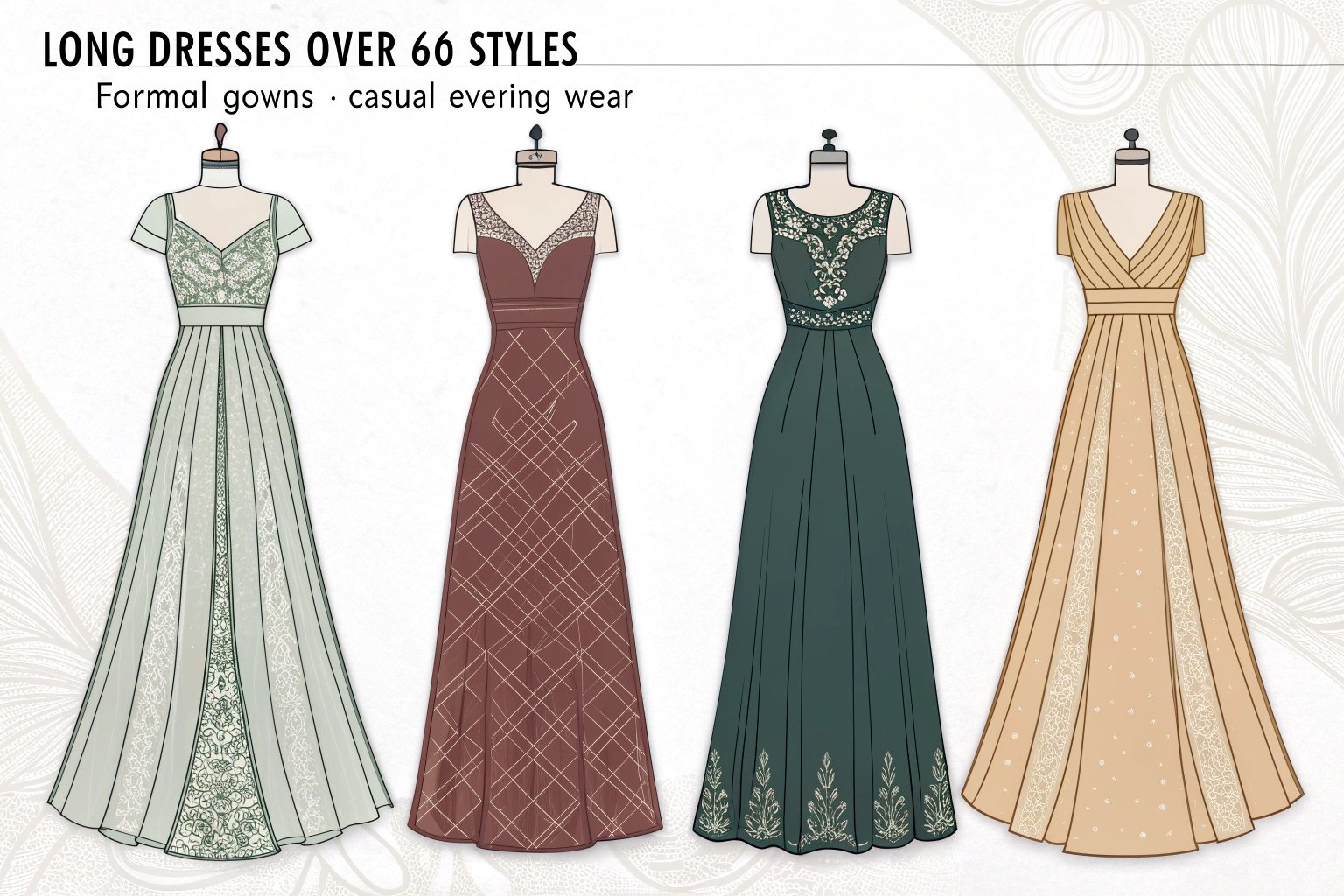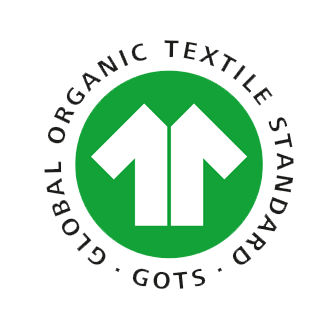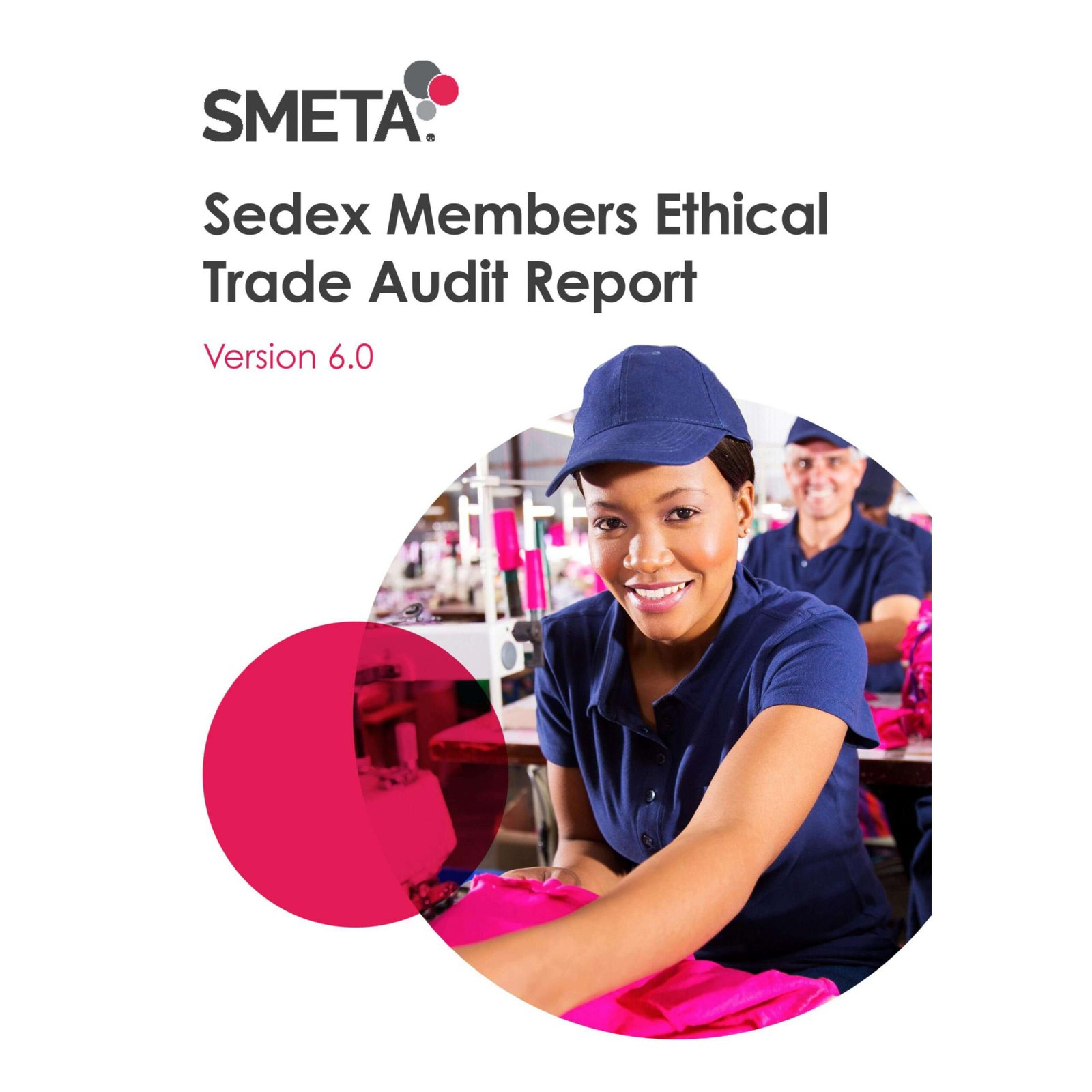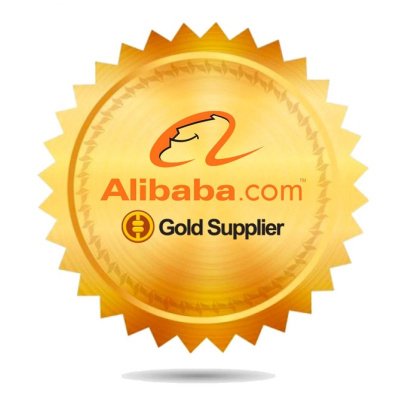Finding the right vendor is crucial for any clothing brand looking to source garments at wholesale prices. Whether you’re just starting out or scaling your operations, finding reliable wholesale clothing suppliers1 ensures your inventory is of high quality and delivered on time. In this article, we’ll guide you through how to find, evaluate, and build strong relationships with the best clothing vendors.
The key to finding a great wholesale clothing supplier is thorough research. From evaluating product quality to assessing pricing and terms, understanding what to look for will help you make the best decision for your business.
Let’s break down the most essential factors that go into choosing the right wholesale clothing vendor and how to navigate the process.
What Should You Look for in a Reliable Wholesale Clothing Vendor?
Selecting the right wholesale clothing vendor is essential for your business’s success. Let’s take a closer look at the key factors to look for when choosing a reliable vendor.
When evaluating a vendor, consider product quality2, reliability, pricing, and customer service. A solid relationship with your supplier will be critical to the long-term growth of your brand.
Below is a summary of the main qualities to look for in a reliable wholesale clothing vendor:
| Factor | What to Look For | Why It’s Important |
|---|---|---|
| Product Quality | High-quality fabrics, good stitching, consistency | Ensures customer satisfaction and repeat business. |
| Vendor Reliability | Timely deliveries, accurate orders, clear communication | Reduces risks of stockouts or shipping delays. |
| Customer Service | Professional support, willingness to resolve issues | Helps to maintain smooth business operations and fosters long-term relationships. |
How Do You Ensure a Wholesale Clothing Vendor Offers Quality Products?
Ensuring product quality is vital for your brand’s reputation. Here’s how you can verify the quality of your vendor’s clothing:
Requesting samples is one of the best ways to evaluate product quality. You can check stitching, fabric feel, and finishing before making a large commitment. Additionally, check online reviews or ask for customer testimonials.
| Quality Verification Method | Description | Benefits |
|---|---|---|
| Request Samples | Ask for product samples before ordering | Allows you to test the product quality firsthand. |
| Check Reviews | Look at vendor reviews or testimonials | Provides insight into others’ experiences. |
| Visit Manufacturing Facility | If possible, inspect the facility yourself | Helps ensure the manufacturer meets your quality standards. |
 Fashion design meeting in a showroom.
Fashion design meeting in a showroom.
What Are the Key Qualities of a Trustworthy Wholesale Clothing Supplier?
Trustworthy suppliers should offer transparency, reliability, and professionalism. Key qualities to look for include:
Clear communication, a good reputation, and ethical practices ensure that you’re partnering with a supplier who values quality as much as you do.
| Key Quality | What to Look For | Why It’s Important |
|---|---|---|
| Transparency | Clear pricing, sourcing, and product details | Reduces the chance of hidden fees or surprise costs. |
| Ethical Practices | Fair labor, environmental sustainability | Aligns with brand values and avoids risks associated with unethical sourcing. |
| Reliability | Consistent lead times, availability of stock | Ensures steady inventory flow for your business. |
Where Can You Find Wholesale Clothing Vendors for Your Brand?
Finding the right wholesale clothing vendors is the next crucial step. There are various avenues available, such as online marketplaces, trade shows, and wholesale directories. Each method has its advantages, so it’s important to know which one suits your needs best.
You can either use online platforms or attend trade shows to meet suppliers. Additionally, wholesale directories offer a curated list of vendors that can save you time in your search.
Let’s explore the pros and cons of various ways to find wholesale clothing vendors:
| Method | Pros | Cons |
|---|---|---|
| Online Marketplaces (e.g., Alibaba, Amazon) | Wide variety, easy to compare prices, reviews | Quality control can be harder to verify, more competition |
| Trade Shows (e.g., MAGIC, Texworld) | Face-to-face interaction, product inspection | Travel costs, limited to specific dates and locations |
| Wholesale Directories (e.g., Worldwide Brands, SaleHoo) | Curated lists of vetted suppliers, easier search | Membership fees, may have limited vendor options |
Should You Search Online Marketplaces or Attend Trade Shows for Wholesale Clothing Vendors?
Online marketplaces allow you to browse a wide variety of suppliers and compare prices. However, trade shows provide a unique opportunity to meet vendors in person and evaluate their products firsthand.
Online marketplaces are perfect for comparing a variety of vendors quickly, but trade shows are invaluable if you want to establish a more personal connection and evaluate product quality directly.
How Do Wholesale Clothing Directories Help You Find the Right Vendor?
Wholesale clothing directories streamline your search by offering curated lists of verified suppliers. These directories provide insights into each vendor’s products, pricing, and reputation.
Directories can save you time and effort by narrowing down your choices to trusted vendors who meet your business needs.

How Can You Evaluate the Pricing and Terms of Wholesale Clothing Vendors?
Pricing and payment terms are critical when selecting a wholesale vendor. You need to ensure that the vendor’s terms align with your budget and cash flow. Understanding the pricing structure, payment terms, and minimum order quantities (MOQs) will help you make an informed decision.
Evaluating pricing and terms includes understanding how vendors price their products, what payment terms they offer, and their policies on order quantities.
To ensure you’re getting the best deal, consider the following when evaluating vendors:
| Evaluation Factor | What to Consider | Why It’s Important |
|---|---|---|
| Pricing Structure | Per unit, bulk discounts, tiered pricing | Ensures pricing aligns with your budget and ordering patterns. |
| Payment Terms | Net 30, 60, or prepayment terms | Impacts cash flow and ability to scale. |
| Minimum Order Quantity (MOQ) | The smallest order you can place | Affects your purchasing power and inventory planning. |
What Are the Common Pricing Structures in Wholesale Clothing?
Wholesale clothing vendors commonly use per-unit pricing, bulk pricing, or tiered pricing models.
Understanding the different pricing models is key for calculating total costs and determining which pricing structure aligns best with your business needs.
| Pricing Model | Description | When It’s Best Used |
|---|---|---|
| Per Unit Pricing | Price per individual item | Good for small orders or testing products. |
| Bulk Pricing | Discounts on larger orders | Best for high-volume purchases, reduces per-unit cost. |
| Tiered Pricing | Pricing based on order size or value | Useful for scaling orders and accessing discounts. |
How Do Payment Terms and Minimum Order Quantities Affect Your Choice of Vendor?
Payment terms and MOQs play a crucial role in your cash flow management and inventory planning.
Look for vendors with favorable payment terms (like net 30 or net 60) and MOQs that align with your sales forecasts. This flexibility can help optimize your cash flow.
| Term | What It Means | How It Affects Your Business |
|---|---|---|
| Net 30/60 | Payment due 30 or 60 days after invoice | Provides time to sell products before paying. |
| Prepayment | Full payment required before shipment | Can limit cash flow, but may offer discounts. |
| Low MOQ | The minimum order quantity set by the supplier | Allows you to start small and scale gradually. |
How Can You Build a Strong Relationship with Wholesale Clothing Vendors?
Building a strong relationship with your supplier can benefit your business in the long run. A good vendor relationship can result in better pricing, flexible terms, and faster order processing.
Strong communication1, reliability, and mutually beneficial agreements are key to nurturing a positive and long-term relationship with your wholesale clothing vendor.
Here are some strategies to ensure a strong and lasting partnership:
| Strategy | Description | Benefit |
|---|---|---|
| Clear Communication | Regular updates and transparent discussions | Builds trust and avoids misunderstandings. |
| Reliability and Consistency | Be consistent with your orders and payments | Strengthens the relationship and encourages priority service. |
| Long-Term Commitment | Consider committing to a long-term partnership | Enables better pricing, priority, and service. |
What Questions Should You Ask Wholesale Clothing Vendors Before Partnering?
Before entering into an agreement, ask potential vendors about their manufacturing processes, lead times, and order fulfillment policies.
Important questions to ask include: What is your lead time? Can you handle custom orders? Do you offer returns or exchanges?

How Do You Negotiate Better Deals with Wholesale Clothing Suppliers?
Negotiating with vendors can result in better deals, including discounts, flexible payment terms, or more favorable shipping conditions.
Be prepared to discuss order volume, long-term relationships, and specific business needs to negotiate mutually beneficial terms.
What Are the Risks and Challenges When Choosing a Wholesale Clothing Vendor?
While choosing a wholesale clothing vendor may seem straightforward, there are several risks and challenges to be aware of. These include issues like stock shortages, delayed deliveries, and quality control problems.
Understanding potential risks and how to mitigate them is essential for maintaining a smooth relationship with your supplier.
Here’s an overview of common risks and how to handle them:
| Risk | Potential Impact | Mitigation Strategy |
|---|---|---|
| Stock Shortages | Delays in receiving products | Maintain regular communication and stock forecasts. |
| Late Deliveries | Could disrupt your sales cycle and customer satisfaction | Set clear expectations for lead times and delivery schedules. |
| Poor Product Quality | Returns, customer dissatisfaction, and brand damage | Request samples, and perform regular quality checks. |
How Can You Avoid Issues with Stock Shortages and Late Deliveries?
Stock shortages and late deliveries can significantly impact your sales and reputation.
Plan ahead, maintain regular communication, and consider building a buffer stock to mitigate risks of delays.
How Do You Handle Disputes or Quality Control Problems with Wholesale Clothing Vendors?
Disputes or quality control issues are inevitable in business, but handling them professionally can lead to better outcomes.
Document everything, address issues promptly, and seek a mutually beneficial solution to resolve disputes and ensure product quality.
Conclusion
Finding the right wholesale clothing vendor requires careful research, clear communication, and ongoing relationship building. By considering product quality, pricing, payment terms, and potential risks, you can establish a strong partnership with your supplier that supports the growth of your brand. Building trust and negotiating effectively with your vendor will help ensure the long-term success of your business.


